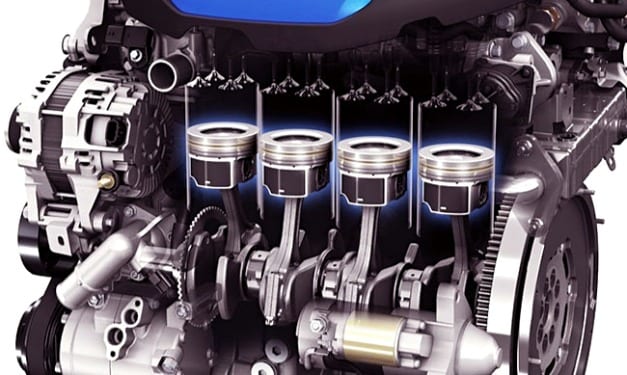
What does engine size mean
Content
- Car engine displacement
- What is engine size
- How to increase engine size
- Classification of cars according to engine size
- What affects the size of the engine?
- Pros and cons of ICE with large and small volume
- Features of the operation of large cars
- Why modern model designations are not tied to engine displacement
- What does the engine size mean in a car - 1,2 l, 1,4 l, 1,6 l, etc.?
- The difference between the volume of a gasoline and diesel engine
- Related videos
- Questions and answers:
Car engine displacement
When choosing a new car, the buyer focuses on different parameters. One of them is the size of the engine. Many mistakenly believe that this is the only factor that determines how powerful a car will be. Let's try to figure out what the engine displacement means, and what other parameters it affects.
What is engine size
The working volume of an internal combustion engine is the sum of the volume of all engine cylinders. Motorists repel from this indicator, planning a car purchase. Thanks to this figure, you can determine how many kilometers will be enough for the next refueling. In many countries this parameter is guided by determining what tax the owner of the vehicle should pay. What is the working volume, and how is it calculated?
The volume of the engine is the total volume of all cylinders, or the volume of one cylinder multiplied by their number.
So, a four-cylinder engine with a cylinder displacement of 500 cm³ has an approximate volume of 2,0 liters. However, a 12-cylinder engine with a displacement of 500cc will have a total displacement of 6,0 liters, making it much more voluminous.
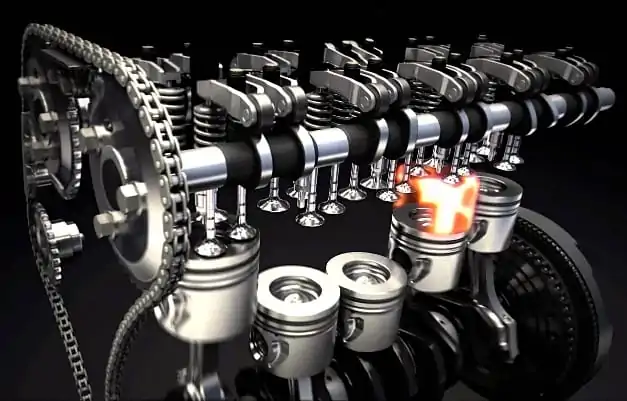
In internal combustion engines, thermal energy is converted into rotational. This process is as follows.
A mixture of air and fuel enters the combustion chamber through the intake valve. Spark from spark plug ignites fuel. The result is a small explosion, which pushes the piston to the bottom, due to which there is a rotation crankshaft.
Depends on the engine displacement how strong this explosion will be. In cars with atmospheric engines, the volume of the cylinder is a key factor determining the power of a power unit. Modern cars are equipped with additional superchargers and systems to increase motor efficiency. Due to this, the power increases not from the amount of the incoming fuel mixture, but due to an increase in the productivity of the combustion process, and the use of all the released energy.
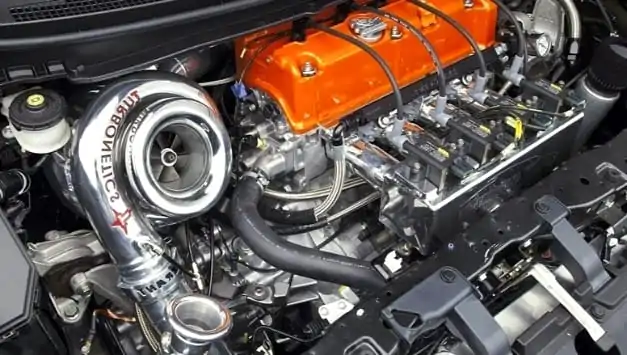
That is why a small turbocharged engine does not necessarily mean that it is low power. An example of this is the development of Ford engineers - the EcoBoost system. Here is a comparative table of the power of some types of engines:
| Engine Type: | Volume, liters | Horsepower |
| Carburetor | 1,6 | 75 |
| Injector | 1,5 | 140 |
| Duratec, multipoint injection | 1,6 | 125 |
| EcoBoost | 1,0 | 125 |
As you can see, not always increased displacement means more power. Of course, the more complex the fuel injection system, the more expensive the engine is to maintain, but such engines will be more economical and will comply with environmental standards.
Calculation features
How is the working volume of the internal combustion engine calculated? There is a simple formula for this: h (piston stroke) is multiplied by the cross-sectional area of the cylinder (circle area - 3,14 * r2) The stroke of the piston is the height from its bottom dead center to the top.


Most internal combustion engines that are installed in cars have several cylinders, and all of them are the same size, so the resulting figure must be multiplied by the number of cylinders. The result will be the displacement of the motor.
The total volume of the cylinder is the sum of its working volume and the volume of the combustion chamber. That is why in the description of the characteristics of the car there can be an indicator: engine displacement - 1,6 liters, and displacement - 1594 cm3.
You can read about how this indicator and the compression ratio affect the power indicator of the internal combustion engine. here.
How to determine the volume of an engine cylinder
Like the volume of any container, the volume of a cylinder is calculated based on the size of its cavity. Here are the parameters you need to know in order to calculate this value:
- Cavity height;
- Inner radius of the cylinder;
- Circumference (unless the base of the cylinder is a perfect circle).
First, the area of the circle is calculated. The formula in this case is simple: S = P *R2. П Is a constant value and is equal to 3,14. R is the radius of the circle at the base of the cylinder. If the initial data does not indicate the radius, but the diameter, then the area of the circle will be as follows: S = P *D2 and the result is divided by 4.
If it is difficult to find the initial data of the radius or diameter, then the area of the base can be calculated independently, having previously measured the circumference. In this case, the area is determined by the formula: P2/ 4P.
After the base area of the cylinder has been calculated, the volume of the cylinder is calculated. To do this, the height of the container is multiplied on the calculator by S.
How to increase engine size
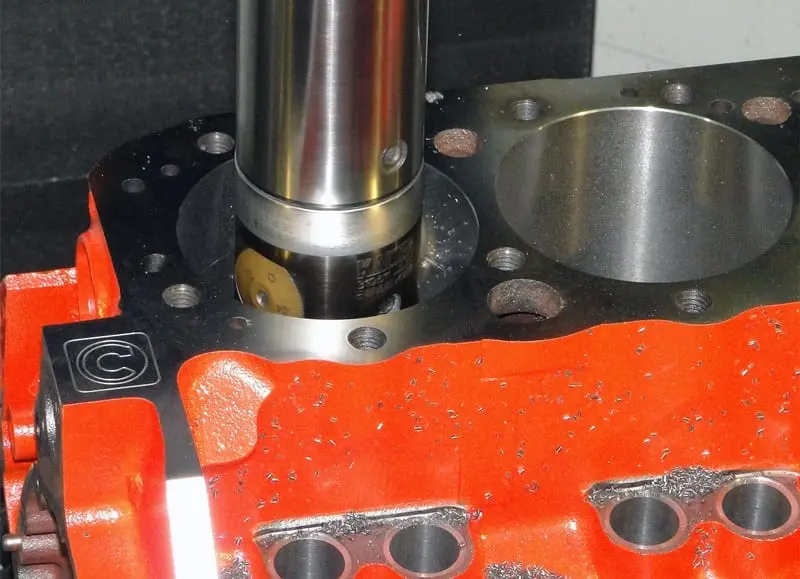

Basically, this question arises for motorists who want to increase the power of the engine. How this procedure affects the efficiency of the internal combustion engine is described in separate article... The engine displacement directly depends on the diameter of the cylinder circumference. And the first way to change the characteristics of the power unit is to bore the cylinders to a larger diameter.
The second option, which will help add a little horsepower to the motor, is to install a crankshaft that is non-standard for this unit. By increasing the amplitude of the crank rotation, you can change the displacement of the motor.
When tuning, it is worth considering that an increase in volume does not always mean more power. But with such an upgrade, the car owner will need to purchase other parts. In the first case, these will be pistons with a large diameter, and in the second, the entire piston group together with the crankshaft.
Classification of cars according to engine size
Since there is no transport that meets the needs of all motorists, manufacturers create motors with different characteristics. Each, based on their preferences, selects a specific modification.
By engine displacement, all cars are divided into four classes:
- Mini-cars - cars with a motor, the volume of which does not exceed 1,1 liters. For example, among such vehicles CITROEN C1 и FIAT 500C.
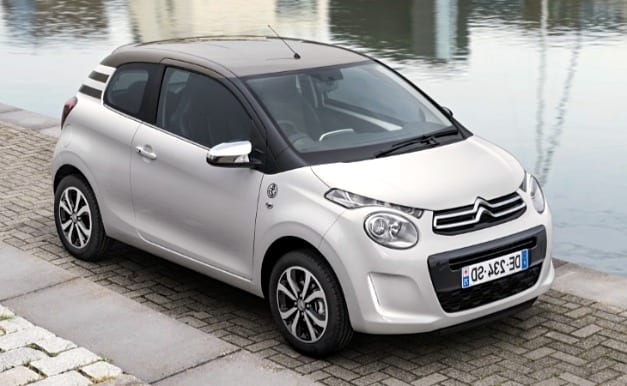

- Subcompact - cars, the internal combustion engine of which varies from 1,2 to 1,7 liters. Such machines are popular among those who care about the minimum flow rate with average performance. Representatives of this class are DAIHATSU COPEN 2002-2012 и LEMON BERLINGO VAN.
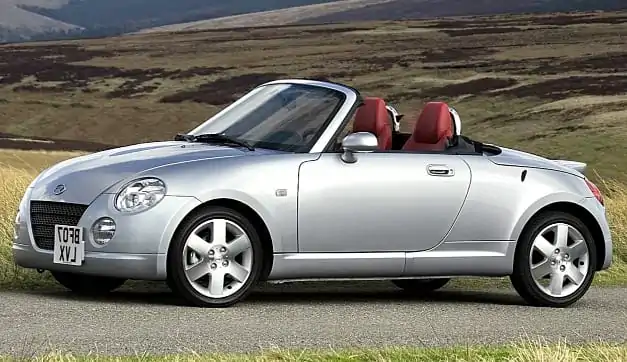

- Mid-range - the power unit in such vehicles has a volume of 1,8 to 3,5 liters. This class includes models such as BUICK REGAL TOURX и LAND ROVER RANGE ROVER EVOQUE.
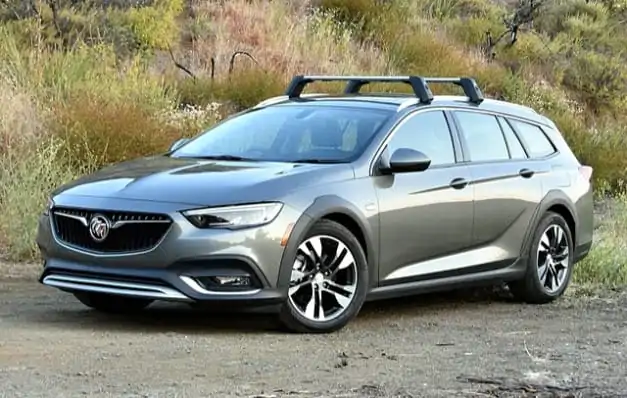

- Large - in such cars, the internal combustion engine volume will be more than 3,5 liters. Among the representatives of this class: ASTON MARTIN VANQUISH FLYWHEEL 2013, 2018 CHEVROLET CAMARO и BENTLEY CONTINENTAL GT CONVERTABLE.
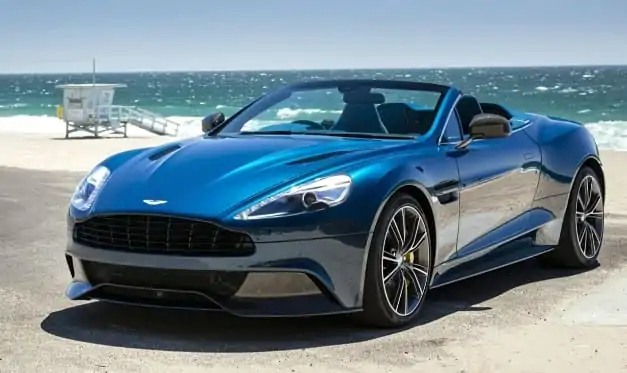

This classification applies to gasoline units. Often in the description of characteristics you can find a slightly different marking:
- B - compact cars with a displacement of 1,0 - 1,6. Most often these are budget options, such as SKODA FABIA.
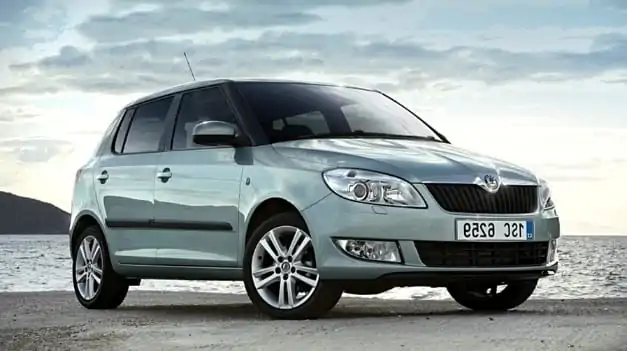

- C - this category includes models that combine the average price, good performance, practicality and a presentable appearance. Motors in them will be from 1,4 to 2,0 liters. The representative of this class is SKODA OCTAVIA 4.
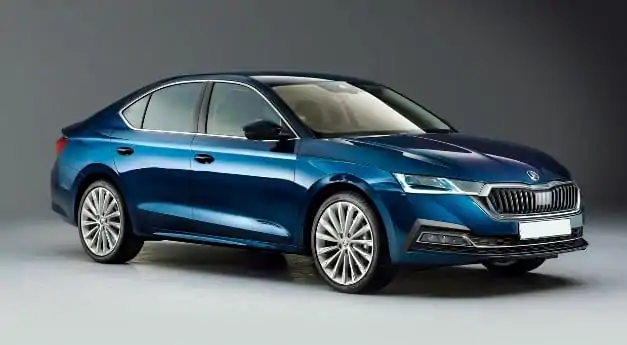

- D - most often such cars are used by business people and families. In cars, the engine will be 1,6-2,5 liters. The list of models in this class is no shorter than in the previous segment. One of these vehicles is VOLKSWAGEN PASSAT.
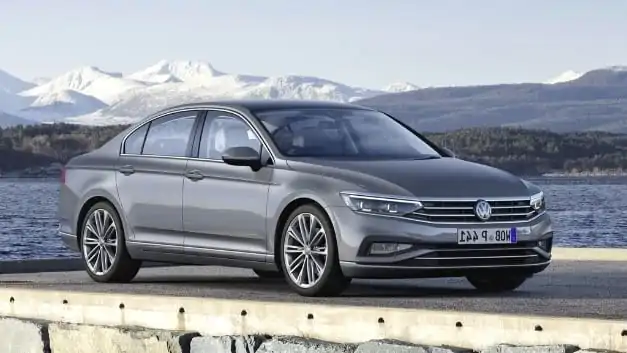

- E - business class vehicles. ICE in such models is most often a volume of 2,0 liters. and more. An example of such a car is AUDI A6 2019.
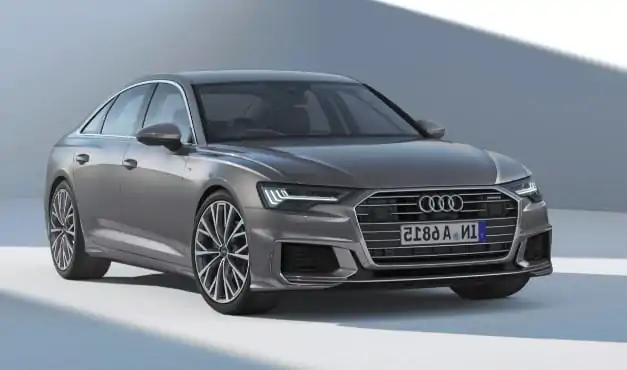

In addition to the displacement, this classification takes into account such parameters as the target segment (budget model, average price or premium), body dimensions, and the configuration of comfort systems. Sometimes manufacturers equip middle and high class cars with subcompact engines, so it cannot be said that the markings presented have tight boundaries.
When a car model is between segments (for example, according to technical specifications it is class C, and comfort systems allow you to classify a car as class E), add a “+" to the letter.
In addition to the above classification, there are other markings:
- J - SUVs and crossovers;
- M - minivans and minibuses;
- S - sports car models.
The motors of such cars may have different sizes.
What affects the size of the engine?
First of all, the volume of cylinders affects fuel consumption (in order to reduce this parameter, various auxiliary systems are used in displacement engines, for example, direct injection, turbocharging, and so on). The more fuel is burned, the more energy will be released in each stroke of the working stroke. The consequence of this effect is an increase in the power of the power unit in comparison with a similar ICE of a smaller volume.
But even if the engine uses an additional system that reduces the "gluttony" of the engine, in a similar internal combustion engine with an increased volume, fuel consumption will be higher. For example, the consumption of gasoline in a 1.5-liter engine in city driving mode will be about 9 liters per 100 kilometers (this depends on the size of the car, its load and the systems that are used in it). If the volume of the same engine is increased by only 0.5 liters, then in the same mode its "gluttony" will already be about 12 liters per hundred.
But on the other hand, the powerful motor allows you to move more briskly, which reduces the time spent in uneconomical mode. Moreover, the principle “for more power, more volume is needed” works only for light vehicles. In the case of trucks, it is not always the case that increased displacement will result in more horsepower. the reason is that a key parameter for an internal combustion engine in a commercial vehicle is high torque at different crankshaft speeds.
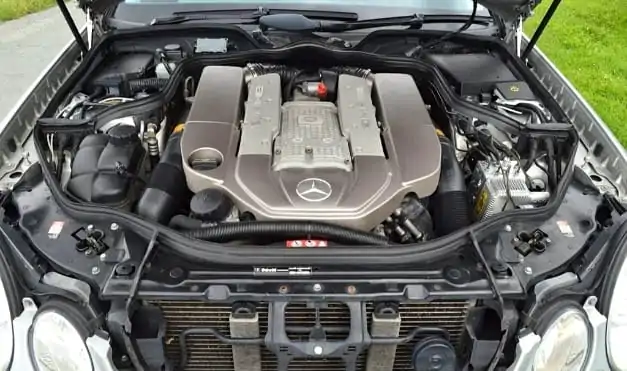

For example, the KamAZ 54115 tractor is equipped with a 10.85 liter power unit (some small cars are equipped with an engine, the volume of which corresponds to the volume of one cylinder in KamAZ). But the power of this unit is only 240 horsepower. In comparison, the three-liter BMW X5 engine develops 218 horsepower.
In light vehicles, the volume of the internal combustion engine directly affects the dynamics of transport, especially at low and medium crankshaft speeds. But this parameter is influenced not only by the engine displacement, but also by its layout (which crank mechanism or camshaft is worth).
The higher the volume of the engine, the more durable the vehicle's transmission, chassis and suspension must be, because these systems will already be affected by a large load. The cost of such parts is much higher, therefore, the price for a car with a larger engine is also higher.
Consider the relationship between volume and fuel consumption, torque and engine resource.
Engine size and fuel consumption
Logically, the more air / fuel mixture that enters the cylinder on the intake stroke, the more power will be released while the engine is running. Naturally, this directly proportionally affects the "gluttony" of the engine. But this is only partly true. This can be said about old motors. For example, the operation of a carburetor ICE depends solely on physics (the size of the intake manifold, the size of the chambers in the carburetor, the size of the holes in the jets, and so on) are of great importance.
The harder the driver presses on the gas pedal, the more he will use up gasoline. True, if the carburetor engine runs on natural gas (second generation LPG), this also does not work, since the gas enters the carburetor under pressure, which is adjusted when adjusting the reducer. In this case, the flow is constantly in the same volume. Therefore, if the car goes faster, then it burns less gas.
With the introduction of modern technologies, a two-liter engine of the latest generation can have a significantly lower consumption compared to a smaller ICE produced in the last century. Of course, a larger volume is still of great importance for the flow rate, but now the "gluttony" of the unit depends not only on this factor.
An example of this is the same type of motor with 8 and 16 valves. With an identical volume of cylinders, the 16-valve will be more powerful and less voracious. The reason is that the process of supplying a fresh air-fuel mixture and removing exhaust gases in it is more optimal.
But if we compare the carburetor 16-valve internal combustion engine and the injection analogue, then the second one will be even more powerful and economical due to the minimum portion of gasoline for each intake stroke. The injectors are controlled by electronics, and not exclusively by physics, as is the case with the carburetor.
And when the motor uses a phase shifter, a finely tuned fuel system, ignition and other systems, the car will not only be more dynamic, but it will also consume less fuel, and at the same time it will meet the requirements of environmental standards.
More about the relationship between the flow rate and the volume of the internal combustion engine is described in the video:


Watch this video on YouTube
Engine displacement and engine torque
Another parameter that is affected by the increased volume is torque. High power can be obtained by turning the crankshaft in a small car using a turbine (an example of this is the EcoBoost engine from Ford). But the smaller the volume of the cylinders, the less thrust it will develop at lower revs.
For example, in comparison with a one-liter eco-boost, a 2.0-liter diesel unit will have much less power, but it will have much more thrust in the thrust of one and a half thousand revolutions.
For this reason, subcompact motors are more practical on golf cars, as they are lightweight. But for premium sedans, minivans or pickups, such units are not suitable, because they have low torque at low and medium revs, which is very important for heavy vehicles.
Engine size and resource
And one more parameter that directly depends on the size of the cylinders is the working life of the power unit. When comparing engines with a volume of 1.3 and 2.0 liters with a capacity of 130 horsepower, it can be seen that in order to achieve the desired thrust, a 1.3-liter internal combustion engine must be spinned more (or a turbine must be installed). A larger engine will cope with this task much easier.


The more often the driver "squeezes the juice" out of the engine, the less the unit will serve. For this reason, modern internal combustion engines with scanty fuel consumption and the highest power for their volume have a key disadvantage - a low working life. Despite this, most automakers continue to develop smaller, more powerful ICEs. In most cases, this is done to please companies that enforce environmental standards.
Pros and cons of ICE with large and small volume
Many motorists, when choosing a new car, are guided not only by the design of the car and its equipment, but also by the volume of the engine. Someone does not invest much sense in this parameter - the figure is important for them, for example, 3.0. Some clearly understand how much volume should be in the engine of their car, and why it should be so.
When deciding on this parameter, it is important to remember that both small cars and cars with a volumetric internal combustion engine have both their pros and cons. So, the larger the volume of the cylinders, the greater the power of the unit. This increases the dynamism of the car, which is an indisputable plus, both at the start and when overtaking. When such a car moves in the city, its power unit does not need to be constantly spinned in order to start moving when the traffic light turns green. Also, in such a car, you can safely turn on the air conditioner without noticeable damage to idle speed.
Volumetric motors have a significantly longer service life compared to small-displacement counterparts. The reason is that the driver rarely brings the unit to maximum speed (there are few areas where the full potential of the internal combustion engine can be used). A small car, on the contrary, often runs at higher speeds, for example, at the start or when changing to the next gear. In order for subcompact internal combustion engines to be able to provide the car with decent dynamics, manufacturers equip them with turbochargers, which further reduces their working life.
However, large motors are not only more expensive than standard units. Another disadvantage of such internal combustion engines is the increased consumption of oil and antifreeze, and their maintenance and repair are also more expensive. When buying a car with a displacement engine, the motorist will have to pay a higher transport tax, and when taking out insurance, the amount of the premium is also directly proportional to the volume of the unit.
For this reason, before deciding on a more powerful unit, you need to take into account that throughout its entire operation, a motorist can spend much more money than the owner of a smaller ICE, who has already had to spend money on overhauling the engine.
Advantages of small engine:
- cheaper cost and maintenance of other parts, such as boxes and chassis;
- economical fuel consumption;
- the turbocharged version combines high performance with minimal loads and a small working volume.


Disadvantages of engines with a small displacement:
- low power, because of which the car has a small carrying capacity;
- insufficient dynamics;
- low engine life due to frequent driving at high speeds;
- turbocharged version is very expensive to maintain.
Advantages of volumetric motors:
- power is higher than that of economical analogues;
- increased resource (the engine runs at maximum speeds less often, therefore it will serve longer);
- excellent dynamics (to perform overtaking less often you need to switch to a lower speed);
- in winter they warm up faster;
- atmospheric modifications are not whimsical to fuel quality.
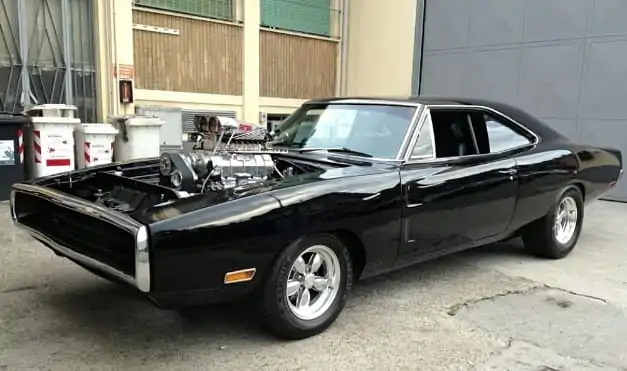

Disadvantages of volumetric power units:
- maintenance is more expensive than in the case of the economical counterpart (you need to fill in more oil and coolant, install a better box, suspension and brakes);
- high taxes during re-registration (purchase on the secondary market) and customs clearance;
- increased fuel consumption.
As you can see, the volume of the motor is closely associated with additional waste, both in the case of small cars, and with more "gluttonous" counterparts. In view of this, choosing a car modification by displacement, each motorist must proceed from the conditions in which the car will be operated.
For what parameters to choose a car - see in this video:


Watch this video on YouTube
Features of the operation of large cars
Compared to cars with a large and small displacement of the power unit, then large-displacement engines work smoother, and also do not suffer from the kind of wear that is natural for small-displacement turbocharged engines. The reason is that such a power unit does not need to go to maximum speed in order to achieve the required power.
Such a power unit experiences the maximum load only when the vehicle takes part in sports competitions, for example, drifting (for more details about this direction of motorsport, read in another review). You can read about some other sports competitions with the participation of powerful cars here.
When the volumetric power unit is used under normal conditions, it has a reserve of power that is always left unused in case of an emergency. Of course, the "dark side" of a large displacement engine is its high fuel consumption. However, for economical fuel consumption, you can correctly use a manual gearbox if there is such a transmission in the car, or choose the correct mode in the case of a robot or a machine gun. In a separate review we have covered six tips for using mechanics.
Despite the higher consumption, the motor, which does not use its full potential, takes care of a million or more kilometers without major repairs. Compared to smaller engines, this is a decent cost saving - it is enough to carry out maintenance on the car in a timely manner.
Why modern model designations are not tied to engine displacement
Previously, when choosing a car model, one could be guided by the nameplates, which model should be paid attention to, because this plate indicated the engine displacement. For example, the fifth BMW series with a 3.5-liter power unit was previously marked on the nameplate with the marking 535. But over time, more and more automakers began to equip their models with turbocharged units in order to increase the power of the unit, but this technology has significantly reduced fuel consumption, and, of course , reduce the volume of the cylinders. At the same time, the inscription on the plate does not change.
An example of this is the popular Mercedes-Benz 63 AMG. Initially, under the hood of this car was a 6.2-liter naturally aspirated power unit. But the automaker has long since replaced this engine with a 5.5-liter, dual-turbo internal combustion engine (for how a similar TwinTurbo system works, read here). However, the automaker is not changing the 63AMG nameplate for a more suitable one.
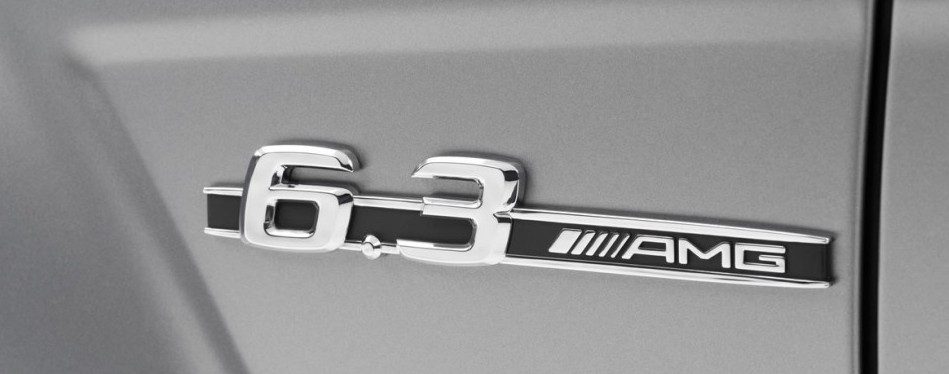

Installing a turbocharger allows you to decently increase the power of the naturally aspirated engine, even if you reduce its volume. Ecoboost technology is an example of this. While a 1.6-liter aspirated engine will have 115 horsepower (how they are calculated, and what it is, it is told in another article), a one-liter eco-boost will develop as much as 125 horsepower, but use a lot less fuel.
The second plus of turbo engines is that average and maximum torque and power are available at lower revs than aspirated engines, which need to be spinned more for the required dynamism.
What does the engine size mean in a car - 1,2 l, 1,4 l, 1,6 l, etc.?
Markings with similar numbers indicate the total volume of all cylinders of the engine. This is not the total amount of fuel that the internal combustion engine requires per cycle. When the piston is at bottom dead center on the intake stroke, most of the cylinder volume is filled with fuel atomized air.
The quality of the air-fuel mixture depends on the type of fuel system (carburetor or one of the injector modifications). For efficient combustion of gasoline, one kilogram of fuel requires about 14 kilograms of air. Therefore, in one cylinder, only 1/14 of the volume will consist of gasoline vapors.
To determine the volume of one cylinder, you need the total volume, for example, 1.3 liters (or 1300 cubic centimeters), divided by the number of cylinders. There is also such a thing as the working volume of the motor. This is the volume that corresponds to the height of movement of the piston in the cylinder.
The displacement of the engine is always less than the total volume, since it does not include the dimensions of the combustion chamber. Therefore, in the technical documentation, there are two different numbers near the motor volume.
The difference between the volume of a gasoline and diesel engine
Gasoline and diesel are derived from petroleum, but the way they are made and how they are used in car engines is different, so you should never fill your car with the wrong fuel. Diesel is richer in energy than gasoline per litre, and the differences in how diesel engines operate make them more efficient than their gasoline counterparts.
A diesel engine of the same size as a gasoline engine will always be more economical. This could make it easy to choose between the two, but unfortunately it is not, for several reasons. At firstdiesel cars are more expensive, so often you need to be a high mileage driver to see the savings benefits over a higher price. other a related reason is that diesel cars need regular motorway trips to stay in good condition, so if you only need a car for city driving, a diesel might not be the way to go. Third reason is that diesels produce more local pollutants, such as nitrous oxide, which affect air quality more.
Diesel is a good fuel for long trips at low revs, such as motorway trips.
Gasoline, on the other hand, is often better for smaller cars and tends to be more popular in hatchbacks and superminis.
Related videos
This short video explains the features of large displacement motors:


Watch this video on YouTube
Questions and answers:
What does the volume of the engine mean 2 liters. The total volume of the engine means the sum of the indicators of the total volume of all cylinders. This parameter is indicated in liters. But the working volume of all cylinders is slightly less, since it only takes into account the cavity in which the piston moves. This parameter is measured in cubic centimeters. For example, with a working volume of an internal combustion engine of 1992 cubic centimeters, it is classified as a two-liter unit.
Engine displacement which is better. It is more practical to use a power unit with a large volume. Although a turbocharged unit with a smaller volume may have more power compared to a similarly aspirated unit, it has a much shorter resource due to high loads. The volumetric internal combustion engine is not so exposed to the load, since the driver does not operate it at high speeds. In this case, of course, you will have to spend more money on fuel. But if the driver does not drive often, this will not be a significant waste in a year. If the car has an automatic transmission, then you need to take a car with a volumetric engine, since the automatic does not spin the internal combustion engine to high revs when switching to a higher speed. For a small car, a manual transmission is better suited.
How to measure engine displacement. This will help the technical information about the car. If a particular car does not have a service book, searching for information by VIN number will help. But when replacing the motor, this information will already be different. To check this data, you should look for the ICE number and any of its markings. The need for these data arises when repairing the unit. To determine the volume, you should know the radius of the cylinder circumference and the height of the piston stroke (from top dead center to BDC). The volume of the cylinder is equal to the square of the radius multiplied by the height of the working stroke of the piston and by the constant pi number. The height and radius must be specified in centimeters. In this case, the volume will be cm3.
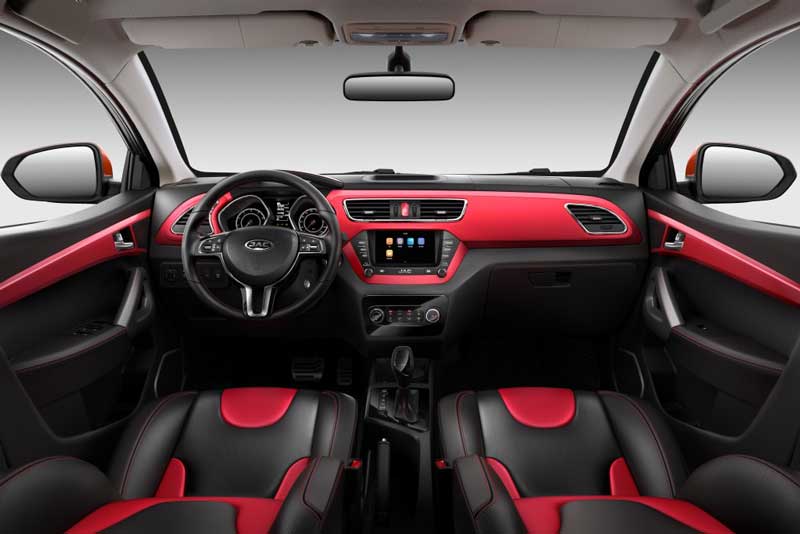
4 comment
Kirill
Very detailed. Thank!
Alina
Thank you for the article
Nikita
Excellent article
luca
gorgeous article